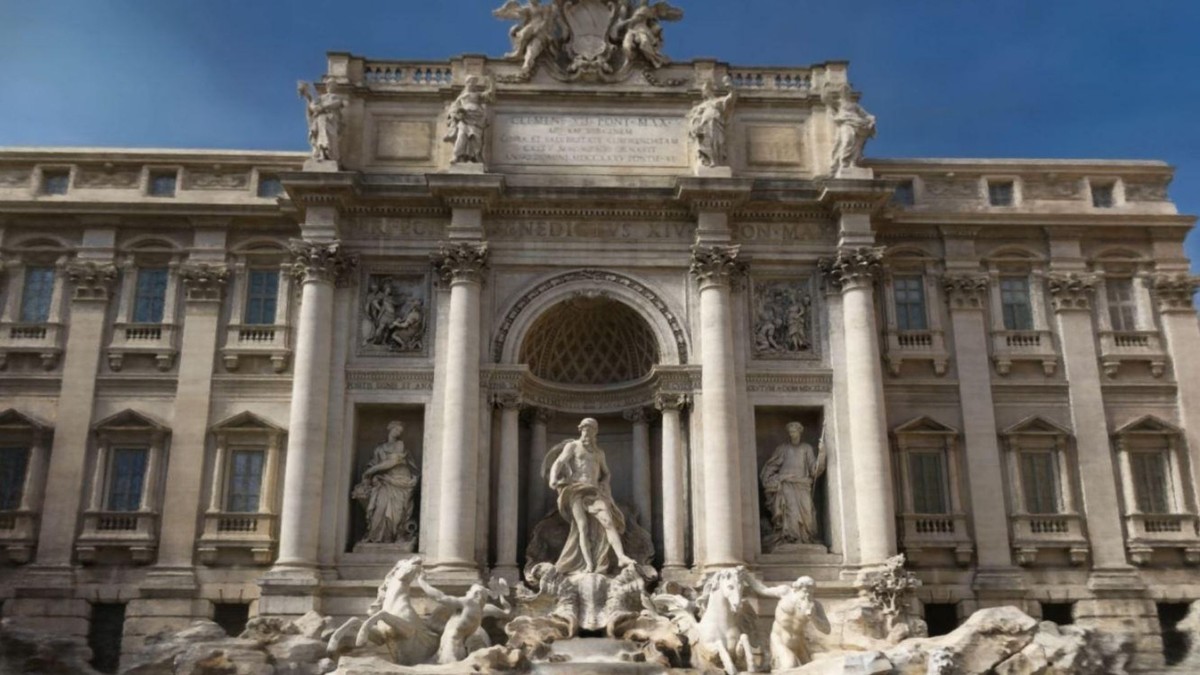Google researchers have reconstructed incredibly detailed 3D scenes of highlights around global photographs taken from the Internet and learning devices.
On the project’s GitHub page, researchers shared scenes in 3-d of the Brandenburg Gate in Berlin, the Sacred Heart in Paris and the Trevi Fountain in Rome, all created from photographs taken from online sites such as Flickr. The effects are stunning 3D representations in which the camera view can be moved and the appearance of the scene can be altered through other effects.
Researchers recently shared their strategies in an article titled “NeRF in Nature: Neural Glow Fields for Unrestricted Photo Collections” on the arXiv prepress server. The method, which they called NeRF-W, is based on neural radiation fields (NeRF), which can also be used to reconstruct 3-d scenes from a collection of photographs, but would possibly have problems if photographs are taken outdoors. a controlled frame, depending on the paper.
“The Neural Radiation Field (NeRF) approach implicitly models the radiation box and density of a scene in the weights of a neural network. Then, direct volume rendering is used to synthesize new views, demonstrating an unprecedented point of consistency in one of the challenging scenes,” the researchers write in their article.
“However, NeRF has only worked well in controlled environments: the scene is captured in a short period of time in which the lighting effects remain consistent and all the content of the scene is static,” the article reads.
The researchers then explain that NeRF would possibly have trouble using symbols that do not have compatibility with those parameters, for example, a collection of tourist photographs of the Trevi Fountain taken through other people and published on Flickr. This is due to diversifications caused by soft element substitution or symbol exposure or post-processing. In addition, Internet photographs involve moving elements like other people or cars.
“Two photographers can stand in the same position and photograph the same landmark, but between those two photographs, the world can be drastically repositioned: cars and pedestrians can move, paintings can start or end, seasons and weather can reposition and the sun can move in the sky,” the newspaper says.
The resulting style can include ghost images, overmo readings, and other artifacts. NeRF-W addresses this challenge by introducing extensions that melt NeRF’s assumption that things in the world remain static, according to the authors of the paper, leading to a greater result.
The result of using NeRF-W is the kind of realistic 3D reconstruction required for augmented truth and virtual truth applications, created using web elements.

